This tower is a massive battery — and it could help solve one of renewable energy’s biggest challenges.


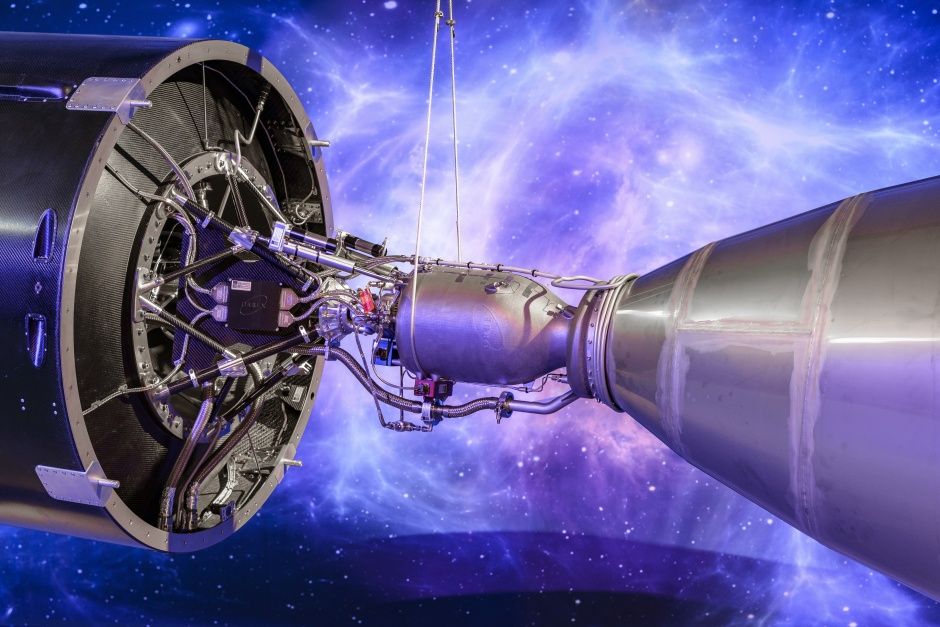
Scottish space firm Orbex has unveiled an engineering prototype of a rocket that’s at the heart of plans to develop a UK satellite launch capability.
The company, which is involved in plans to develop the UK’s first spaceport in Sutherland, Scotland unveiled the rocket at the opening of its new headquarters and rocket design facility in Forres in the Scottish Highlands.
Designed to deliver small satellites into Earth’s orbit, Orbex Prime is a two-stage rocket that’s claimed to be up to 30% lighter and 20% more efficient than any other vehicle in the small launcher category. It is also the first commercial rocket engine designed to work with bio-propane, a clean-burning, renewable fuel source that cuts carbon emissions by 90% compared to fossil hydrocarbon fuels.

In the early 1990s, I was lucky enough to get some time on a 60 MeV linear accelerator as part of an undergraduate lab course. Having had this experience, I can feel for the scientists at CERN who have had to make do with their current 13 TeV accelerator, which only manages energies some 200,000 times larger. So, I read with great interest when they announced the publication of the initial design concept for the Future Circular Collider (FCC), which promises collisions nearly an order of magnitude more energetic. The plan, which has been in the works since 2014, includes three proposals for accelerators which would succeed CERN’s current big iron, the LHC.
Want to know what’s on the horizon in high-energy physics?
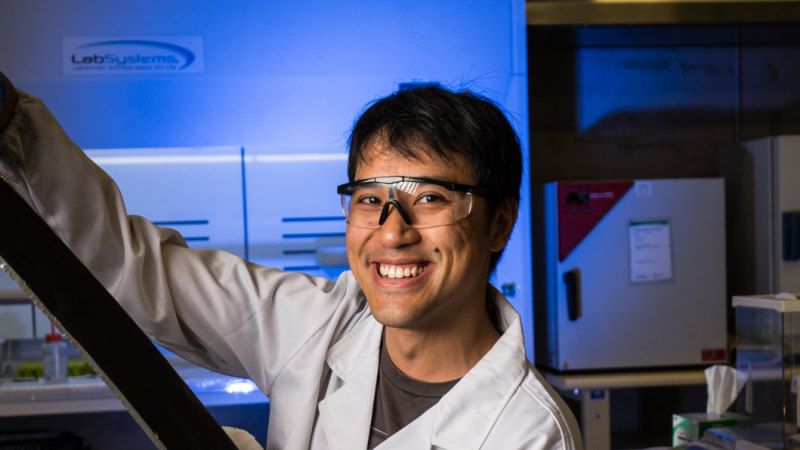
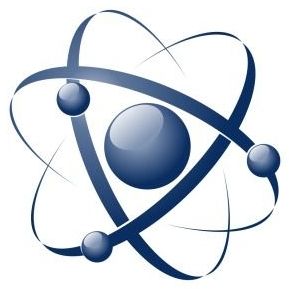
Circa 2005
Until 1993 LEDs could only produce red, green and yellow light. But then Nichia Chemical of Japan figured out how to produce blue LEDs. By combining blue LEDs with red and green LEDs – or adding a yellow phosphor to blue LEDs – manufacturers were able create white light, which opened up a number of new applications. However, these LEDs tend to produce white light with a cool, bluish tinge.
The white-light quantum dots, by contrast, produce a smoother distribution of wavelengths in the visible spectrum with a slightly warmer, slightly more yellow tint, reports Michael Bowers, the graduate student who made the quantum dots and discovered their unusual property. As a result, the light produced by the quantum dots looks more nearly like the “full spectrum” reading lights now on the market which produce a light spectrum closer to that of sunlight than normal fluorescent tubes or light bulbs. Of course, quantum dots, like white LEDs, have the advantage of not giving off large amounts of invisible infrared radiation unlike the light bulb. This invisible radiation produces large amounts of heat and largely accounts for the light bulb’s low energy efficiency.
Image left: The crude hybrid white-light LED that Bowers made by mixing magic-sized quantum dots with Minwax and using the mixture to coat a blue LED. Photo by Daniel Dubois.

Researchers at the University of South Carolina in Columbia have demonstrated an experimental plasma device capable of cleaning gas samples of D4, one of the most common siloxanes. Drawing on a technique for creating plasma called dielectric barrier discharge, the group was able to significantly reduce the amount of D4 samples after treating it with a helium-based plasma.
The findings point to a new potential solution for accommodating landfill gas rich in siloxanes. They will be presented at the American Physical Society 71st Annual Gaseous Electronics Conference and 60th Annual meeting of the APS Division of Plasma Physics, which takes place Nov. 5–9 at the Oregon Convention Center in Portland.
“This is the first time dielectric barrier discharge has been used to remove volatile organic silicate compounds,” said Malik Tahiyat, one of the researchers involved with the study. “In our case, there’s no wait for removing it or material that has to be thrown out after a certain amount of time.”
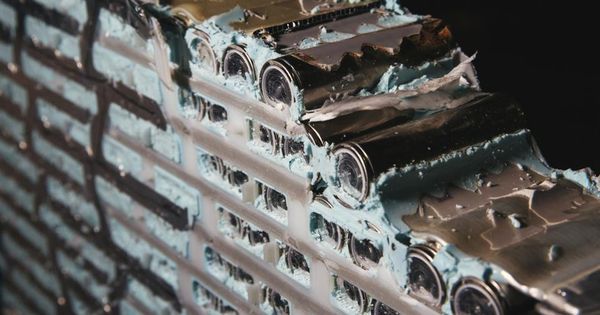
If I were to make a prediction, I’d think there’s a good chance that it is not batteries. But capacitors.”
Today he may be making good on his prediction. The electric vehicle manufacturer confirmed that it has acquired a small San Diego lab that owns ultracapacitor patents and technology.
Maxwell Technologies provides dry electrode manufacturing technology that can be used to make to make batteries that power electric vehicles and renewable energy systems. The company announced that in an all-stock transaction it will merge and become a wholly owned by a subsidiary of Tesla.
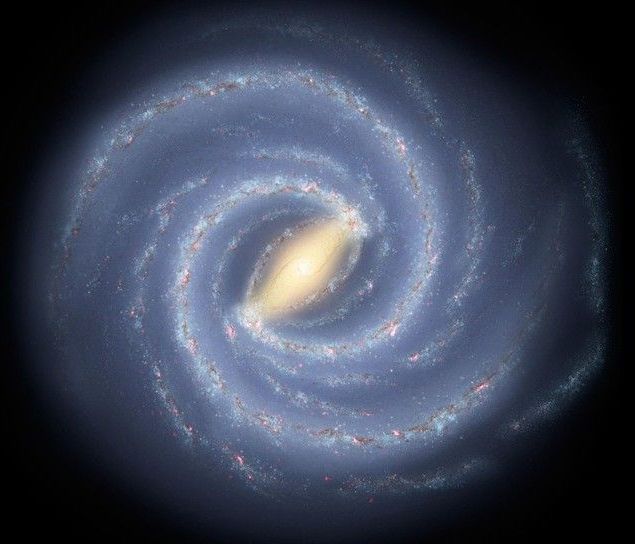
It’s even more fascinating than we thought.
The Milky Way looks nothing like the flat space pancake it is usually depicted as. The newly-created and most accurate 3D map of our galaxy reveals that it’s warped and twisted, and even more fascinating.
A group of astronomers from Australia and China have built their “intuitive and accurate three-dimensional picture” by mapping the so-called “classical Cepheids.”
Burning their fuel quickly, those pulsating stars that live fast and die young are 100,000 times brighter than the Sun. The combination of their pulsation periods and known luminosity allowed the scientists to determine their location with the high accuracy of between 3 to 5 percent.

A team of scientists have made a new discovery about naturally occurring magnetic materials, which in turn could lead to the development of nanoscale energy sources used to power next generation electronic devices. Researchers from Japan’s Okayama University and UC Riverside’s Bourns College of Engineering worked together to study the gumboot chiton, a type of mollusk that produces teeth made of the magnetic mineral magnetite, in hopes of better understanding its genetic process.